CHILDREN'S LIBRARY
OVERVIEW
Collaborative Design Project
Creating a library environment with emotional connection and trust for children, enhancing the interaction and user experience.
MY CONTRIBUTION
UX and trend research
Persona and journey map
Concept visualization
Industrial design
SOFTWARE
Photoshop, InDesign
Solidworks, Keyshot
DATE
Jan, 2014 - April, 2014
TOPIC - CHILDREN'S LIBRARY
Libraries act as communities that offer access to information, and provide spaces to enable learning.
STAKEHOLDERS
Children
Children's librarians
MAIN FOCUS
Connect
Trust
A way to bring two or more things together in interpersonal or informational aspect.
A peace of mind, a sense of safety and comfort, related to privacy and confidence.
CURRENT USER JOURNEY
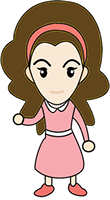
Lola
8 years old
Values & Goals: wants to win the spelling bee, own a horse, and become a famous ballerina.
Behavior: likes to be the “big kid”, picky and proper, behaves like she is older than she is.

Marianna
46 years old
Librarian
Values & Goals: helping form young minds, eating and buying local.
Behavior: upbeat and optimistic attitude in all situations, even though juggling everything in her life is difficult.
Lola's user Journey
Minutes 30 60 90 120
Arriving at library
Greeted
Check-in w/ mom
Reading activity
Crafting activity
Learning games
Noting the call #
Writing down
Getting hungry!
Leaving
Walking through library
Looking up on database
Looking up for books
Pain points
- Kids can be rowdy, walking to their area
- Carrying borrowed materials can be cumbersome
- Wayfinding is often difficult / nonexistent
Design opportunities
- Improved wayfinding for children
- Easy drop-off box at child-height
- Short path from entrance to children’s area
Homework help
Pain points
- Database is the same as adult version and interface are designed for adults.
- Most stations are at adult eye level, require footstool
- Children need adult assistance
Design opportunities
- Redesigning system UI for children
- Kid-sized peripherals / stations
- Mobile device integration
Pain points
- Stacks are adult versions
- Nowhere to sit near book shelves.
- Books for all age groups are lumped together.
- Finding book call numbers is difficult
Design opportunities
- Child-specific shelving designs
- Cover-outward arrangements
- Shelf / seating combinations
- Visual-based organization system
Pain points
- Check-out interface same as adult
- Checkout stations are designed for adult height
- Identifying the correct barcode to scan
Design opportunities
- Child-friendly UI specifically for them
- Checkout stations at child height
Check-in w/ mom
Viewing displays
Reading and playing
Time to go!
checking out books
Marianna's user Journey
Hours 1 2 3 4 5 6 7 8
Arriving at library
Greeting
Questions
Phones
Assisting
Administration
Questions
Assisting
Displays
Lunch break
Tutelage
Reading activities
Storytime
Shift end
Cleaning up space
Working at help desk
Shelving books
Pain points
- Tedious / time-consuming even for veteran librarians
- Frequent interruptions
- Short-staffed
- Quickly disorganized, repeat work
Design opportunities
- Easier book sorting system
- Offload menial tasks to automated systems
Pain points
- Librarians are the go-to for information
- Force to wear many hats; responsible for a lot
- Little time to engage children in enriching activities
Design opportunities
- Making librarians location independent
- Offloading menial tasks onto automated systems
Pain points
- Cleanup can be never-ending on some days.
- Distracting librarian from engaging guests.
- Time-consuming
Design opportunities
- Activities that require less re-organization
- Incentivizing guests to clean up after themselves
INSIGHT SUMMARY
They are often just miniature versions of adult libraries in form and organization.
Most information systems aren’t designed with children in mind.
Shelving systems are mainly designed for adult.
In children libraries, learning and play areas are often disconnected.
Visiting kids are more likely to play than to utilize the library’s capacity for learning.
Parents tend to “drop their kids off” there and are not involved.
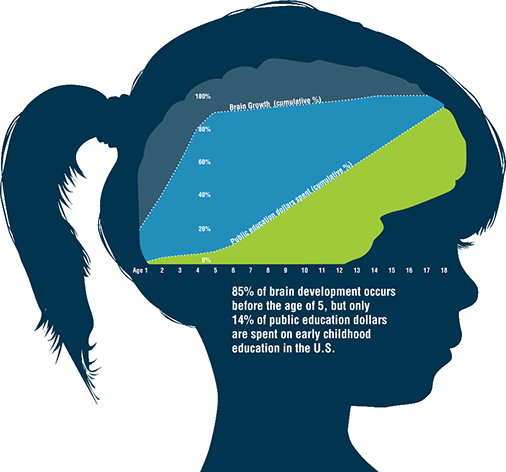
Sources: America's Edge, Rand Corporation and National Institute for Early Education Research
DESIGN PRINCIPLES
Target users are children age 5-8.
Children's ideal experience
- Emotions
Want to feel unique, excited, secure, and have a sense of ownership in their experience.
- Benefits
Want to feel autonomous, engaged, and secure in their environment.
Ideal solution
- Features
It should be personalized, interactive, connected, and rewarding.
- Attributes
It should have learning games, ways to discover, digital libraries, engaging spaces, personalized.
IDEAL USER JOURNEY & SOLUTION
CHILD'S VISITING TIMELINE
SOLUTION
Arriving at library
Walking through the library
Greeted
Reading activity
Crafting activity
Learning activity
Check-in with mom
Learning games
Homework help
Looking up information
Directing to book
Finding materials
Reading area
Reading with parent
Group reading
Learning games
Time to leave
Materials checkout
Interactive, stimulating wayfinding that leads children from the entrance, through the adult library, and into theirs.
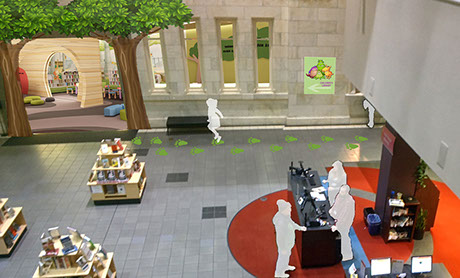
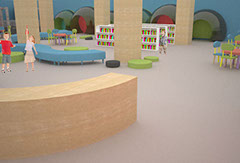
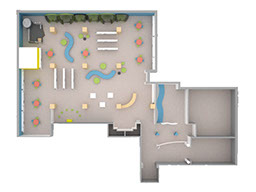
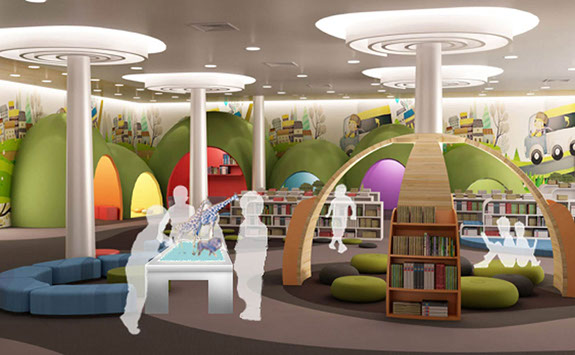
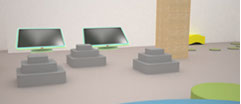
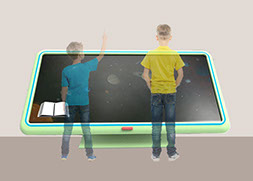
Digital holographic surfaces enrich analog experiences. Adding a new dimensions to the reading experiences.
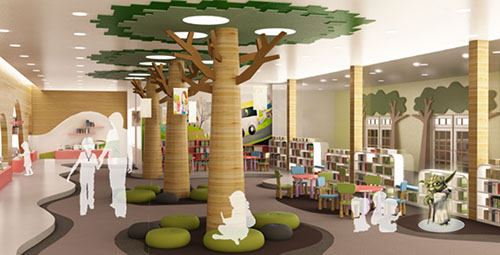
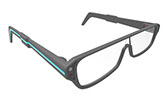
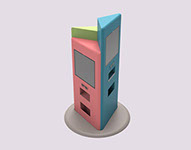
Children using digital glasses (obtained from glasses kiosk) to enable digital personal librarian, interacting with information systems in the library. The glasses also serve as a wayfinding tool as well as gps for parents.
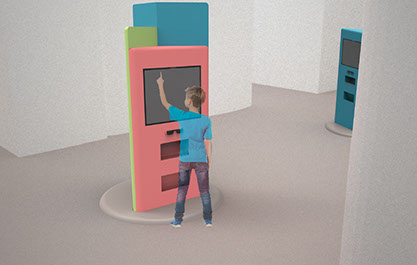
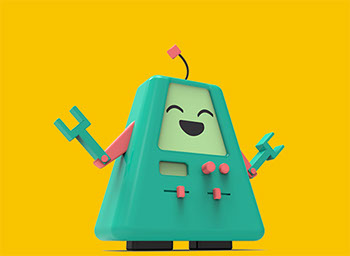
Simply looking though glasses at the materials to checkout. A plush take home buddy that can read audio books to the children. It is a tangible reminder of the experience of the library, making them always want to keep coming back.
Leaving the library
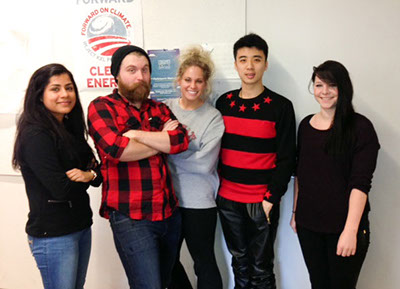
Thanks to team Fancy Pants!
© 2018 Will Wang Design